Living Well with Arthritis
Although arthritis today is considered one of the leaders of the pack in the epidemic of chronic illness, millions of those affected are living fulfilling lives and living them well.
According to The Institute of Medicine’s New Report on Living Well With Chronic Illness, 8.6 million Americans are living with disabilities related to arthritis. The Arthritis Foundation reports it as “striking one in every five adults, 300,000 children and as the leading cause of disability in the United States.” Arthritis is a chronic illness that impacts many.
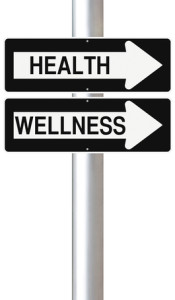 Those living with arthritis can live well and have a good quality of life by employing lifestyle interventions as medicine, in conjunction with, prevention, joint protection, weight management, physical activity, wise food choices, stress management and a good medical regimen. By combining all these necessary recommendations into a personalized Wellness Strategy and Plan, a coach can assist an arthritis patient in organizing what is important for them to live life well. The Wellness Plan then becomes a map by which to navigate toward managing and maximizing the patient’s best life possible.
Those living with arthritis can live well and have a good quality of life by employing lifestyle interventions as medicine, in conjunction with, prevention, joint protection, weight management, physical activity, wise food choices, stress management and a good medical regimen. By combining all these necessary recommendations into a personalized Wellness Strategy and Plan, a coach can assist an arthritis patient in organizing what is important for them to live life well. The Wellness Plan then becomes a map by which to navigate toward managing and maximizing the patient’s best life possible.
A common factor also influencing quality of life for those challenged by arthritis or any chronic illness is what is called “adherence” or “medical compliance”. Lack of adherence to medical and lifestyle improvements is a large piece of the cost of healthcare today and contributes to the epidemic of chronic illness. Average patient adherence rates for prescribed medications are about 50 percent, and for lifestyle changes they are below 10 percent.
The World Health Organization reports “improving adherence also enhances patients’ safety because most of the care needed for chronic conditions is based on patient self-management, use of medical technology for monitoring, and changes in the patient’s lifestyle.” A coach assists in supporting patient compliance and self-accountability and works with the patient to forward the action toward their goals.
The same report goes on to say “patient-tailored interventions are required and must be customized to the particular illness-related demands experienced by the patient. There is no single intervention strategy that has been shown to be effective across all patients.” Therefore, working with individuals one on one is of primary importance for enhancing their quality of life. Coaches work with clients on a one on one basis assisting them in creating a wellness plan that is personalized to them.
Dr. Bennett and team’s article Health Coaching for Patients with Chronic Illness states “it is critical that those with arthritis understand, agree with and participate in the management of their chronic condition. Health coaching is one way to accomplish this function.”
A long-term study done at Stanford University indicates that interactions with a coach can significantly increase the health of people with chronic illness. Stanford’s Chronic Disease Self-Management Program brought patients (including those with arthritis) together with a coach. “Subjects who took the Program, when compared to those who did not, demonstrated significant improvements in exercise, cognitive symptom management, communication with physicians, self-reported general health, health distress, fatigue, disability, and social/role activities limitations. They also spent fewer days in the hospital, and there was also a trend toward fewer outpatient visits and hospitalizations.”
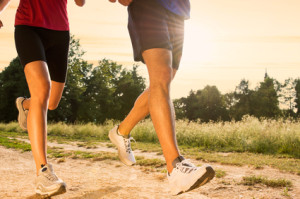
It was found “This type of self-management, through coaching, is so effective it has been endorsed by the Surgeon General of the United States.”
“Give a man a fish, and he eats for a day. Teach a man to fish, and he eats for a lifetime.” Health & Wellness coaches work with a client to tailor-make a wellness plan that includes self-management, coordinating their medical regimen, and forwarding lasting lifestyle changes. Working together with a coach, a patient can successfully manage their condition and create a strategy to living life well with arthritis.
What Can Health & Wellness Coaches Do for You?
► Work with you to take an inventory of your current wellness status
► Guide and facilitate your personal well-life vision toward the life you would like to live
► Work with you to develop a personalized Wellness Plan that is tailored to your needs. The wellness plan becomes the map that integrates your important areas of focus including: self-management support, the medical regimen, and lifestyle improvements.
- Self-management support:
- Promote healthy behaviors
- Impart problem-solving skills
- Assist with the emotional impact of chronic illness
- Provide regular follow-up and accountability
- Encourage people to be active participants in their care
- Assist in patient self-advocacy
- The medical regimen – facilitation of a patient-directed approach
- Scheduling and attending medical appointments
- Asking your medical team the right questions
- Following through on daily prescribed medications
- Tracking your regimen to support success
- Lifestyle improvements
- Physical activity
- Healthy eating
- Eliminating risk factors
- Promoting healthy behaviors
► Bridging the gap between clinician and patient.
- Health coaches can bridge
 these gaps between the medical team and patient by following up with patients and guiding a patient-centered approach, asking about needs and addressing obstacles, addressing health literacy, cultural issues and social-class barriers.
these gaps between the medical team and patient by following up with patients and guiding a patient-centered approach, asking about needs and addressing obstacles, addressing health literacy, cultural issues and social-class barriers. - Health Coaches help patients become self-directed in navigating the health care system. Coaches can help with patient self-advocacy and coordination of care
► Provide accountability & support for you to be successful
- Offer emotional support
- Coping with illness is emotionally challenging. Coaches can offer emotional support and help patients cope with their illnesses. They also assist patients in seeking out additional emotional support that will help them achieve and maintain success.
► Provide ongoing evaluation of progress toward your goals
- Re-evaluating success
- Resetting goals & action steps as necessary
- Provide acknowledgement & support of successes
- Assist in maintaining forward momentum toward goals
► Serve as a continuity figure
- Coaches travel with the patient as an ally and assist them with staying the course while implementing their wellness plan.
► Assist in patient-directed achievement of successful lifestyle behavioral change
- Be your ally and walk shoulder to shoulder with you
Dr. Linda Gogl is a Doctor of Physical Therapy with Board Certification in Orthopaedic’s with over 20 years in healthcare. She currently serves as Director of Development and Team Member for Real Balance Global Wellness Services. Her professional experience includes outpatient Clinical Director, Developer/Director of an APTA Credentialed Orthopaedic Residency Program, Director of Quality Assurance for the largest physical therapy private practice in California, Credentialed Clinical Instructor, Adjunct Professor of Anatomy & Physiology, Research mentor and Clinical Coordinator for University affiliations. More recently she also served as National Director of Training and Implementation for OptimisPT, a physical therapy software system.
References
- Arthritis Foundation. Arthritistoday.org
- Bennett et al, Health Coaching for Patients With Chronic Illness. Fam Pract Manag. 2010 Sep-Oct;17(5):24-29.
- Harris et al. The Institute of Medicines’s New Report on Living Well With Chronic Illness. Centers for Disease Control and Prevention. Volume 9 – September 20, 2012.
- Lorig et al. Chronic Disease Self-Management Program, 2-year Health Status and Health Care Utilization Outcomes. Medical Care. Volume 39, Number 11, pp 1217-1223.2001
- National Prevention Strategy, Clinical and Community Preventive Services, National Prevention Council 2010. www.surgeongeneral.gov/initiatives/prevention/strategy/preventive-services.pdf
- National Prevention Council Action Plan: Implementing the National Prevention Strategy www.surgeongeneral.gov/initiatives/prevention/2012-npc-action-plan.pdf
- World Health Organization. Adherence to Long-Term Therapies. Evidence for Action. 2003.

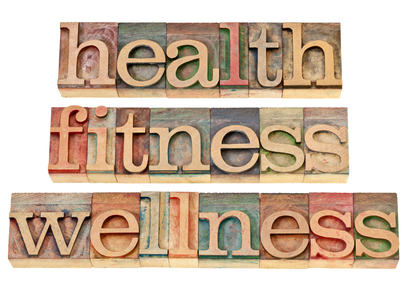
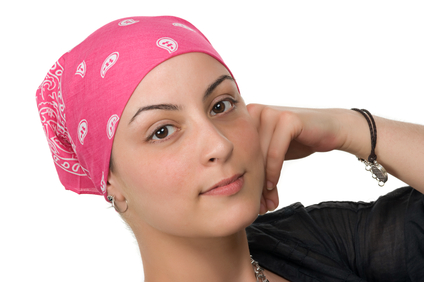
 The most important factor in the safety and efficacy of the exercise program is the initial assessment. At the very least this should include a comprehensive postural assessment as well as shoulder range of motion measurements taken with a goniometer. The well-trained fitness professional will be able to deduce, from the results, which muscles need to be stretched and which need to be strengthened. By selecting the wrong combinations of exercises, the results may not only be undesirable, they may in fact be detrimental. For example, if a client presents with moderate to severe upper-crossed syndrome, performing any kind of “pushing” exercise that would involve the chest muscles (chest press), could make the syndrome even more pronounced by causing the pectoral muscles to tighten and contract. Instead, the goal need to be on stretching the chest wall and strengthening the opposing muscles in the back; particularly the scapular stabilizers.
The most important factor in the safety and efficacy of the exercise program is the initial assessment. At the very least this should include a comprehensive postural assessment as well as shoulder range of motion measurements taken with a goniometer. The well-trained fitness professional will be able to deduce, from the results, which muscles need to be stretched and which need to be strengthened. By selecting the wrong combinations of exercises, the results may not only be undesirable, they may in fact be detrimental. For example, if a client presents with moderate to severe upper-crossed syndrome, performing any kind of “pushing” exercise that would involve the chest muscles (chest press), could make the syndrome even more pronounced by causing the pectoral muscles to tighten and contract. Instead, the goal need to be on stretching the chest wall and strengthening the opposing muscles in the back; particularly the scapular stabilizers.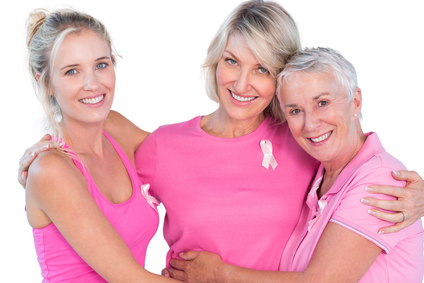 Following the warm-up and lymph drainage exercises, the exercise specialist should determine what the areas of “need” are for the client. Remember to begin with stretching and range of motion exercises until they have close to “normal” range of motion. At that point the goal becomes strength training and choosing exercises that will strengthen the weaker muscles and stretch the tight and shortened muscles. Weight/resistance should also be very gradually increased and attention paid to any potential swelling of the extremity. Typically I chose exercises that will stretch the chest (chest fly, corner or door stretch, assisted stretching) and will strengthen the back (low/high rows, reverse flies, lat pulldown). They often [present with winged scapula following a node dissection. If this is the case, I will incorporate exercises that will strengthen the serratus anterior. If they have undergone an abdominal TRAM procedure, core work will be of the greatest importance in preventing, or minimizing, low back pain.
Following the warm-up and lymph drainage exercises, the exercise specialist should determine what the areas of “need” are for the client. Remember to begin with stretching and range of motion exercises until they have close to “normal” range of motion. At that point the goal becomes strength training and choosing exercises that will strengthen the weaker muscles and stretch the tight and shortened muscles. Weight/resistance should also be very gradually increased and attention paid to any potential swelling of the extremity. Typically I chose exercises that will stretch the chest (chest fly, corner or door stretch, assisted stretching) and will strengthen the back (low/high rows, reverse flies, lat pulldown). They often [present with winged scapula following a node dissection. If this is the case, I will incorporate exercises that will strengthen the serratus anterior. If they have undergone an abdominal TRAM procedure, core work will be of the greatest importance in preventing, or minimizing, low back pain.

 Another benefit of exercise for stroke survivors is prevention of recurrent stroke or heart attack, which occurs frequently in people who have had a stroke.(3) Reducing risk factors can decrease the incidence of recurrent strokes and coronary events. An aerobic conditioning program can enhance glucose regulation and promote decreases in body weight and fat stores, blood pressure, C-reactive protein, and levels of total blood cholesterol, serum triglycerides, and low-density lipoprotein cholesterol.(4) Exercise also increases high-density lipoprotein cholesterol and improves blood rheology, hemostatic variables, and coronary endothelial function.(5)
Another benefit of exercise for stroke survivors is prevention of recurrent stroke or heart attack, which occurs frequently in people who have had a stroke.(3) Reducing risk factors can decrease the incidence of recurrent strokes and coronary events. An aerobic conditioning program can enhance glucose regulation and promote decreases in body weight and fat stores, blood pressure, C-reactive protein, and levels of total blood cholesterol, serum triglycerides, and low-density lipoprotein cholesterol.(4) Exercise also increases high-density lipoprotein cholesterol and improves blood rheology, hemostatic variables, and coronary endothelial function.(5)






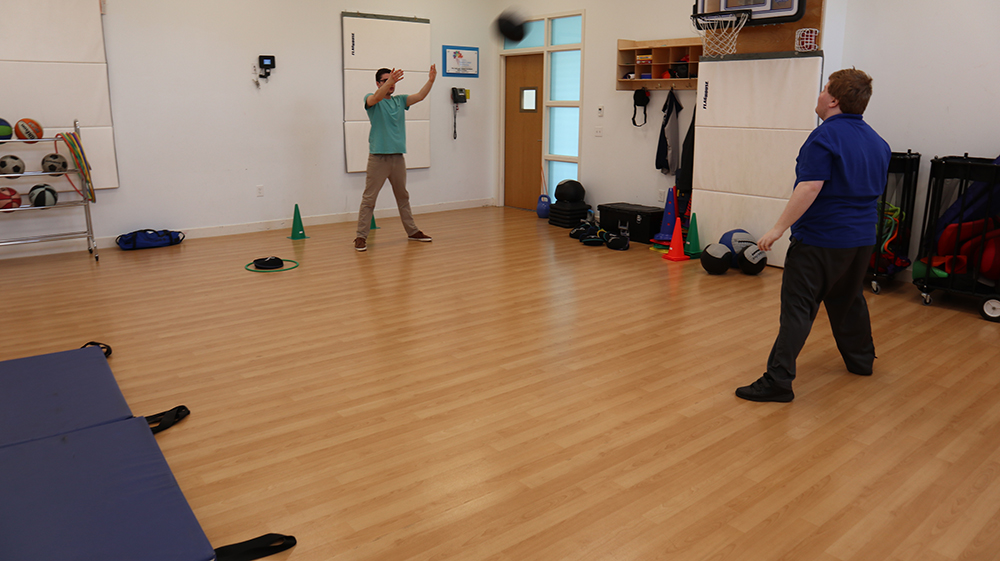 In the
In the  Focusing on a few exercises also gives our athletes the opportunity to learn the name and typical order in which the exercises can be performed. Whereas our warm-up/mobility section nearly always features hurdle steps, overhead resistance band walks, bear walks/crawls, and medicine ball throws (push, overhead, and scoop), our strength/focus section includes squats, presses, pulls, farmers walks, and heavy carries.
Focusing on a few exercises also gives our athletes the opportunity to learn the name and typical order in which the exercises can be performed. Whereas our warm-up/mobility section nearly always features hurdle steps, overhead resistance band walks, bear walks/crawls, and medicine ball throws (push, overhead, and scoop), our strength/focus section includes squats, presses, pulls, farmers walks, and heavy carries.
 Apigenin
Apigenin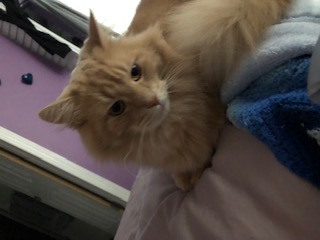
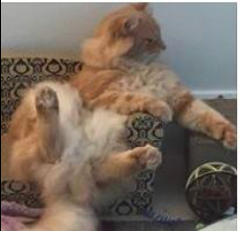 6. Just chilling… Bumbles watches tv. He has a couch right next to it, and he especially likes it when Ellen dances. He limits it to about an hour though, because its treat time. We all need downtime, where we have left the cares of the day behind to be begun again tomorrow. It can be sitting and watching a beautiful sunset or meeting with friends. Having quiet time and play time during our day is essential for mental well-being.
6. Just chilling… Bumbles watches tv. He has a couch right next to it, and he especially likes it when Ellen dances. He limits it to about an hour though, because its treat time. We all need downtime, where we have left the cares of the day behind to be begun again tomorrow. It can be sitting and watching a beautiful sunset or meeting with friends. Having quiet time and play time during our day is essential for mental well-being.